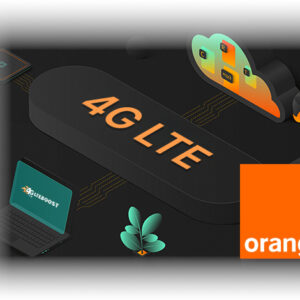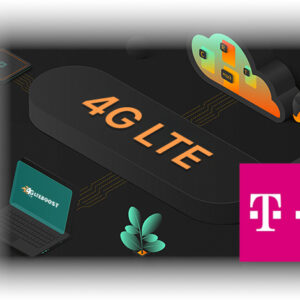4G/LTE Proxies: Unlimited Bandwidth
Impact of Network Congestion
While 4G/LTE mobile proxies offer unlimited bandwidth in theory, network congestion can significantly impact their performance in practice. During peak usage times, typically evenings and weekends, the surge in data traffic can overwhelm network infrastructure, leading to slower speeds, increased latency, and potential packet loss.
The effects of network congestion on 4G/LTE proxies can include:
- Reduced download and upload speeds, potentially dropping from several Mbps to less than 400 Kbps
- Increased buffering and lag in streaming services and online gaming
- Longer website load times, sometimes extending from seconds to minutes
- Degraded quality of VoIP calls and video conferencing
To mitigate these issues, some mobile providers implement data caps or traffic management techniques, while users can optimize their usage by scheduling large downloads during off-peak hours or upgrading to higher-tier plans with prioritized bandwidth.
Differences Between 4G and LTE Proxies
While often used interchangeably, 4G and LTE proxies have distinct characteristics. LTE (Long-Term Evolution) is a specific standard that paved the way for true 4G technology
Key differences include:
- Bandwidth utilization: 4G networks are designed to efficiently use higher bandwidths, allowing for faster data transfer in crowded areas, while LTE is optimized to work within existing spectrum more effectively.
- Technology base: LTE is built on older 3G technologies, whereas 4G represents a more advanced network architecture.
- Performance in real-world conditions: LTE proxies may offer more consistent performance across various network conditions, while 4G proxies can provide higher peak speeds when optimal conditions are met.
- Availability: LTE proxies are more widely available due to broader network coverage, whereas true 4G proxies may be limited to areas with advanced infrastructure



